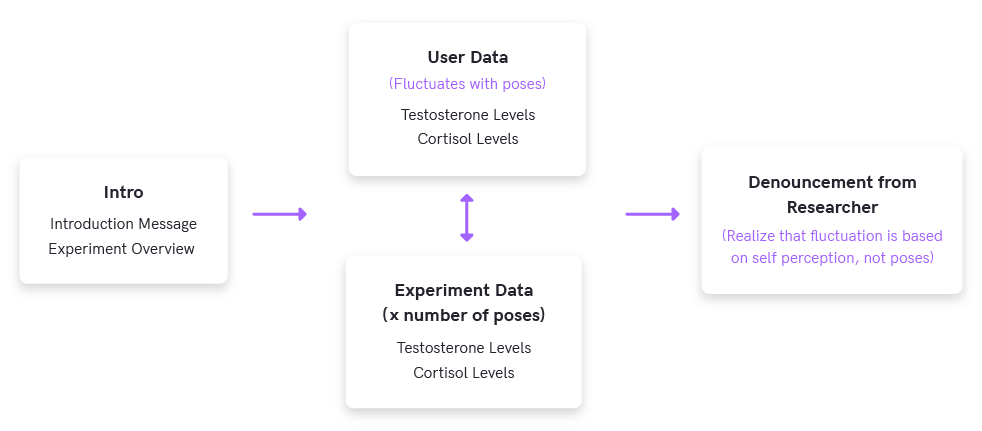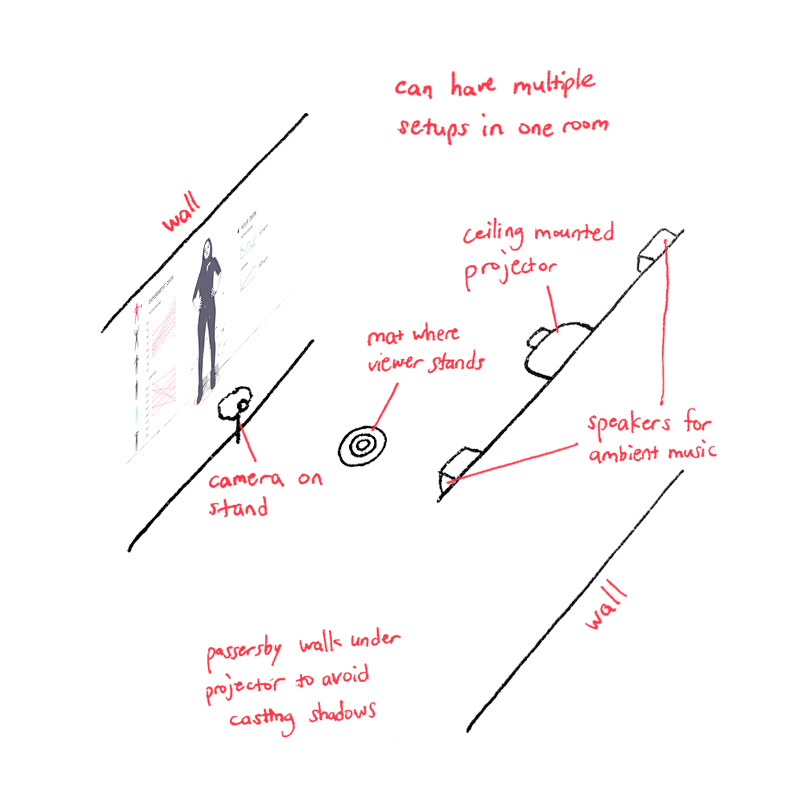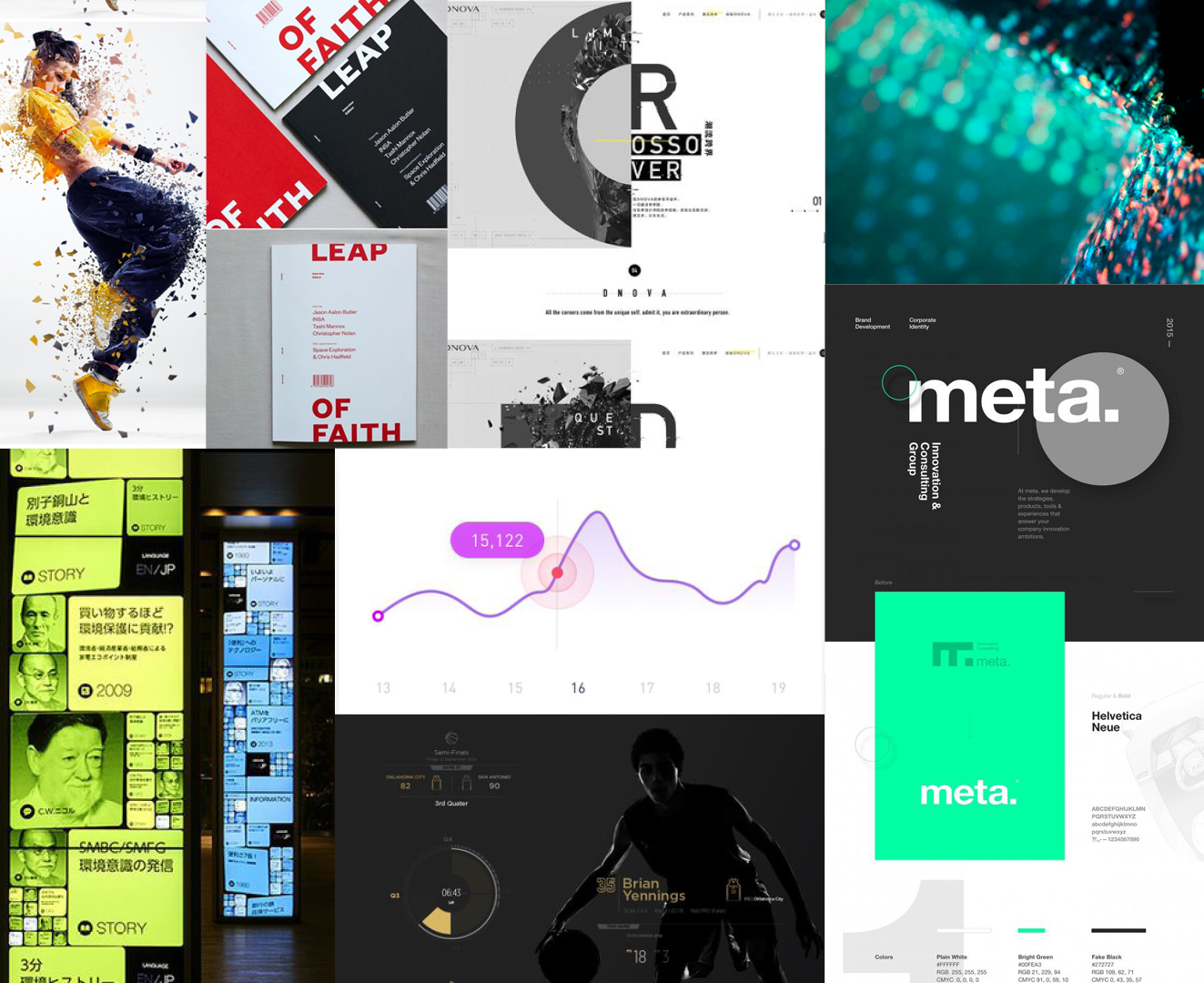Power Poses Exhibit
UX Design
UI Design
Prototype Animation
Storytelling
People go through moments of feeling self-conscious or powerless. However, a TED talk by Amy Cuddy claims that you can change how you feel by doing power poses.
This project embodies the talk, but as an interactive exhibit concept that shows that people have control over how they feel.
Research
Experiment
A group of researchers at Harvard University conducted an experiment on how personal body language affects people's minds.
They found that different poses affected our brain's production of chemicals.
testosterone — the dominance hormone
generates feeling of power
cortisol — the stress hormone
generates feeling of nervousness


However, the experiment was heavily criticized.
Other researchers disapproved of their subjects' reports being a significant part of the data and of having too small of a sample size.
One of the original researchers even declared later that the experiment did not prove anything.
Creating a narrative
Even though the experiment was a failure, it still worked for some people. For those who will benefit from this message, I want to make a museum experience that ultimately mirrors the experiment, but people will be given all of the knowledge so they can see and understand what is happening to them.
Messages
Changing your body by doing poses can temporarily change the chemicals produced by your brain.
Doing powerful poses can give you a confidence boost. On the other hand, holding poses that are considered “weak” can make you feel weaker.
Users should be aware of what kind of poses they make and how powerful they feel. Then understand that they can control it by changing their body language.

Turn it into an exhibit
Because this project has to do with poses, my mind goes immediately to full body interactions. Because the end goal is a change in perception, users would get value from this experience only once. Therefore, this experience would be most suited to an interactive museum exhibit.
Static Layout
Biology or psychology section of science museum

Portable Layout
Can be part of interactive exhibits at TED conferences

Technology
Image recognition to recognize poses
Processor for image recognition and overlaying graphics
No known technology to measure hormone levels (yet)
art direction

The exhibit should look like a high-tech experience to catch visitors passing by. Other visuals should empower the user but still give space for reflection.
- vivid
- kinetic
- contemporary
- pensive
screens
Conclusion
After researching the experiment, this project evolved to a degree I never would have expected. I had to prove the placebo effect, which required putting more thought into the interactions and overarching narrative of the experience. And because that's an abstract goal, I had to put more effort into creating a means to get the message across.
"As evidence has come in over these past 2+ years, my views have updated to reflect the evidence. As such, I do not believe that 'power pose' effects are real."
— Dana Carney